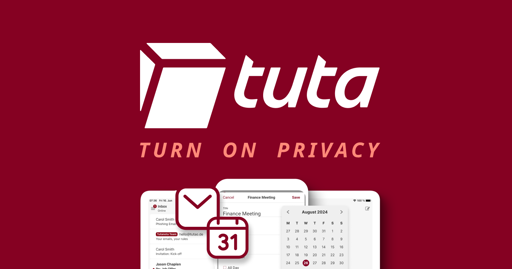

It looks like silly fun, but as they say on their own page, they don’t recommend it as a daily driver, specifically because it was designed with humor in mind, not maintainability.
Could be worth spinning up in a VM or giving away on an old laptop, though…




I’ll add that if you want a more bleeding edge experience, similar to CachyOS, but still within the Debian world, PikaOS is the Debian-based (not Ubuntu-based) analog of CachyOS.
Edit: clarification